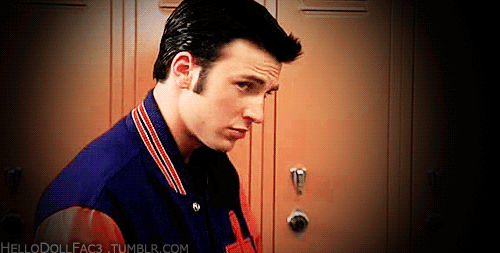Conventional Locations:
- Highschool - corridor/lockers, football field, canteen, classroom, entrance, hall for prom
- Home - living room, bedroom, bathroom, garden
- Hang out - house party, club
- Other - boat, paint ball field
Conventional Characters: (left to right)
- Weird best friend - Mandella; eccentric clothing, weirdly styled hair, obsession
- Geeky friend - Michael; old fashioned clothing, greased hair, geeky
- Mean best friend - Chasity; bright fashionable clothing, styled hair, stuck up, dumb, nice at first
- Dumb rich guy - Joey; fashionable clothing, styled hair, rich, popular, mean
- Ugly/pretty girl - Kathy; dark clothing, same style hair, seemingly mean
- Beautiful weirdo - Patrick; dark clothing, misjudged, unruly hair,
- Perfect girl - Bianca; bright coloured clothes, styled hair, popular,
- Normal guy - Cameron; regular clothes, no defining traits
Binary Oppositions:
- Parent + child - who has more control
- Male + female - the 'superior' gender
- Love + hate - love/hate relationships, hate often turning into love
- Pretty + ugly - seemingly ugly girl becoming pretty





























